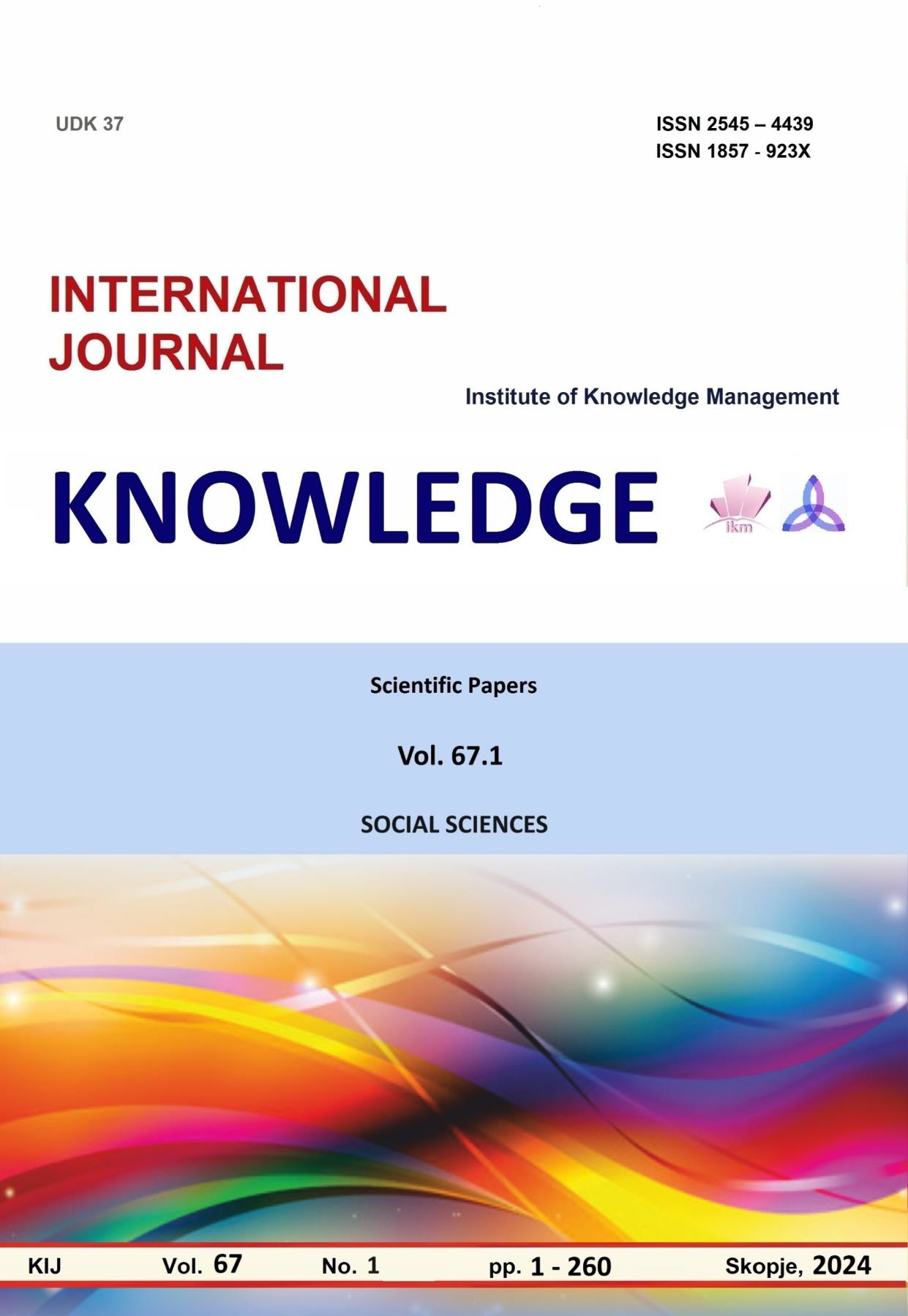POSITIVE AND NEGATIVE SIDES OF MICROMANAGEMENT
POSITIVE AND NEGATIVE SIDES OF MICROMANAGEMENT
Author(s): Marija MajhoshevaSubject(s): Social Sciences, Education
Published by: Scientific Institute of Management and Knowledge
Keywords: management;micromanagement;organization;employees
Summary/Abstract: The role of employees as a vital component of any organization cannot be overstated. The workforce represents a pivotal element within any organizational structure. During the implementation of managerial processes, the organization of personnel, the establishment of a structured framework, the formulation of a comprehensive plan, and the execution of operational activities, it is of paramount importance to ensure the well-being and direction of employees, with a particular emphasis on their satisfaction during their working hours. The manner in which they are managed is of paramount importance for the organization's future. This is because the quality of management can either facilitate the growth and prosperity of the organization or lead to its demise. If this is not managed in an appropriate manner, the only party to suffer is the organization itself. The manner in which employees are managed is of great consequence for an organization; thus, those individuals who are appointed to managerial roles should exercise caution when delegating tasks and, more importantly, when determining the manner in which they will conduct themselves within the organization. The style of the individual appointed to manage is of great consequence. Each manager employs a distinct approach to work and employee management. In this instance, we will focus on micromanagement as a management style. The term "micromanagement" has gained particular attention in recent years within the field of management studies. The presence of micromanagement can be observed in organizations that employ a significant number of intelligent, dedicated, and sensitive managers with higher education qualifications. The practice of micromanagement as a self-management style is associated with a range of negative implications. Prior research findings suggest that individuals within organizational contexts tend to hold negative attitudes towards this approach to management. Such individuals perceive micromanagers to be a significant contributor to a reduction in their productivity, well-being, and morale. The majority of employees tend to avoid this style of management and often perceive it as toxic. The aforementioned management style is characterized by excessive control and supervision, which inevitably leads to stressful situations for the employee and ultimately hinders the completion of tasks. This approach to management has gained particular traction in the context of a significant increase in the number of individuals who have the option of working from home. The dearth of trust that managers have in their employees, coupled with the absence of physical presence in the organization's premises, has led to an intensification of managerial supervision and control, accompanied by heightened pressure to regulate the tasks performed and the pace of their completion.
Journal: Knowledge - International Journal
- Issue Year: 67/2024
- Issue No: 1
- Page Range: 105-109
- Page Count: 5
- Language: English

